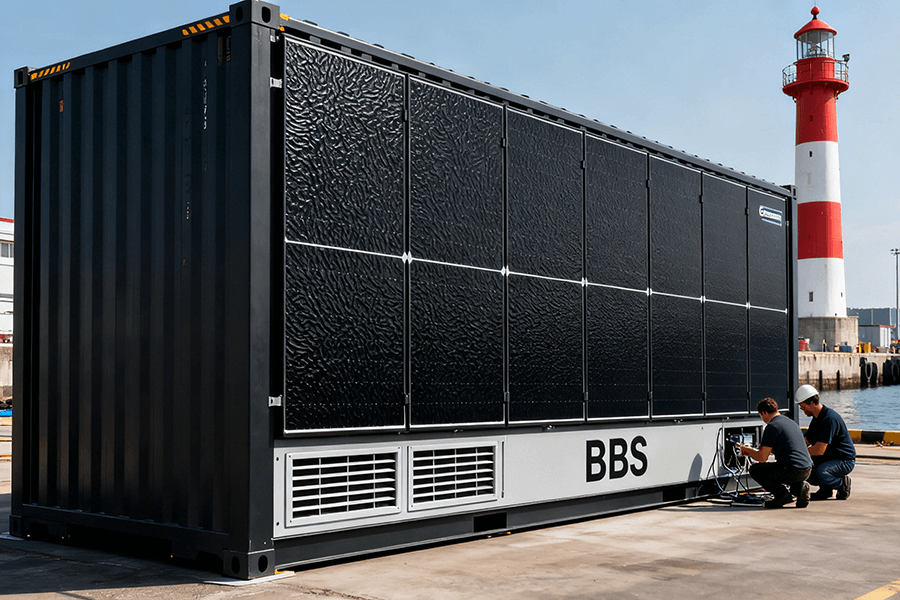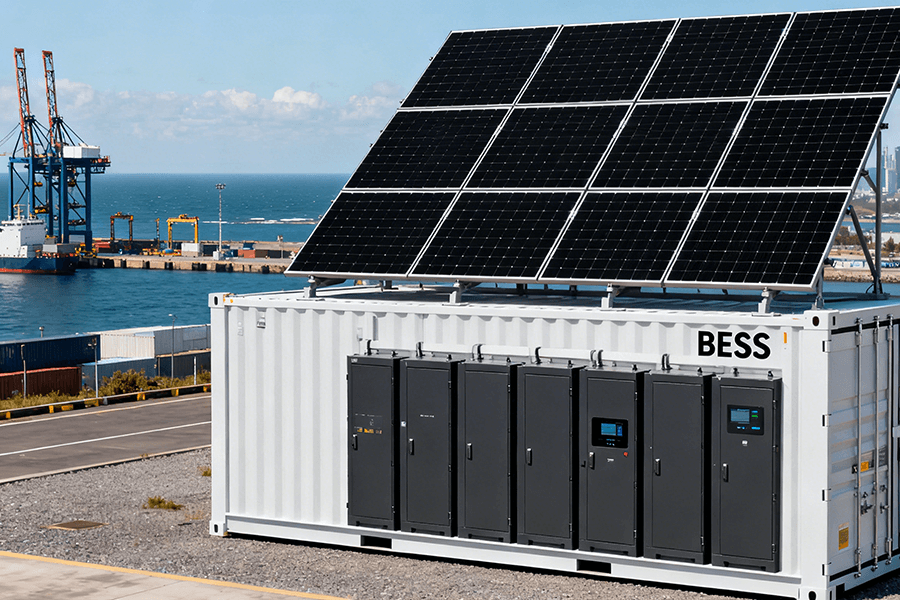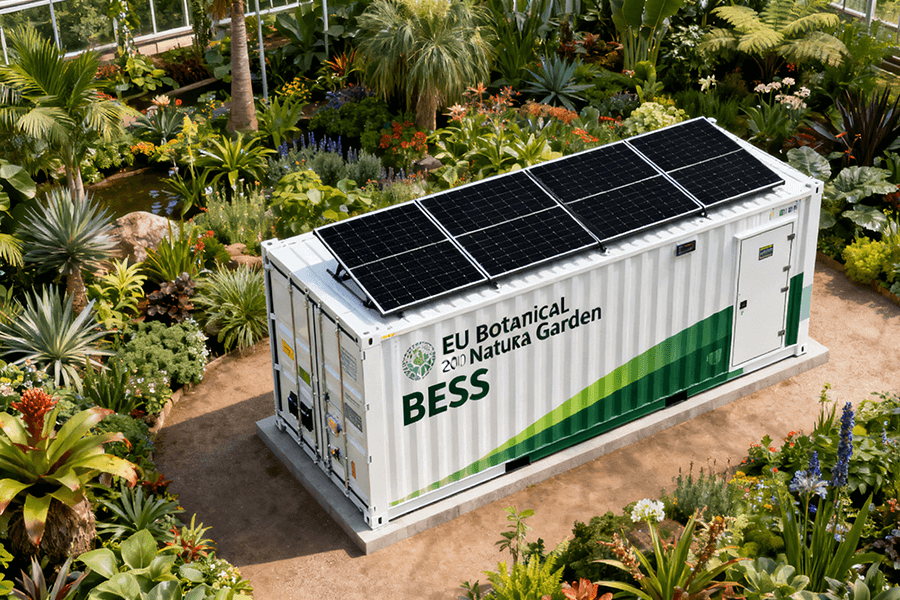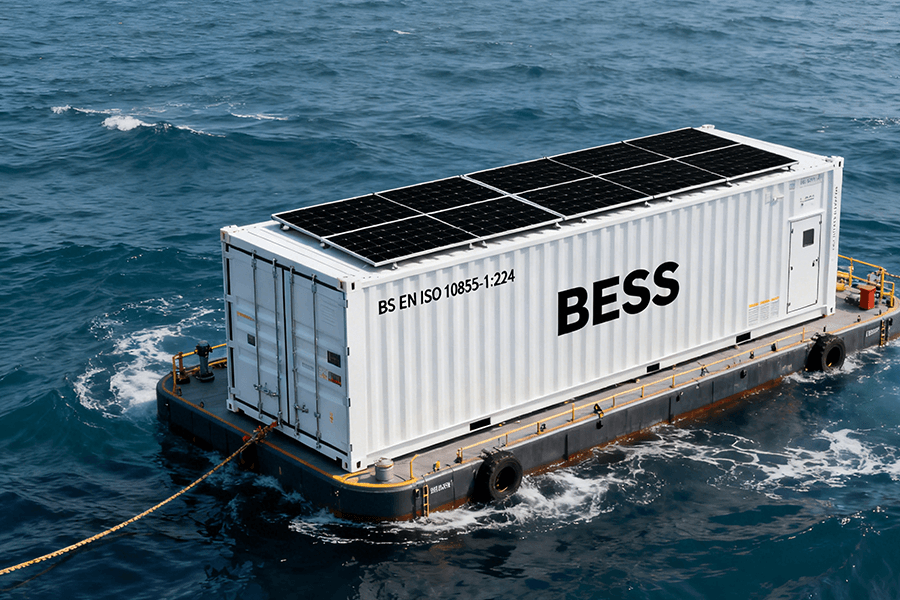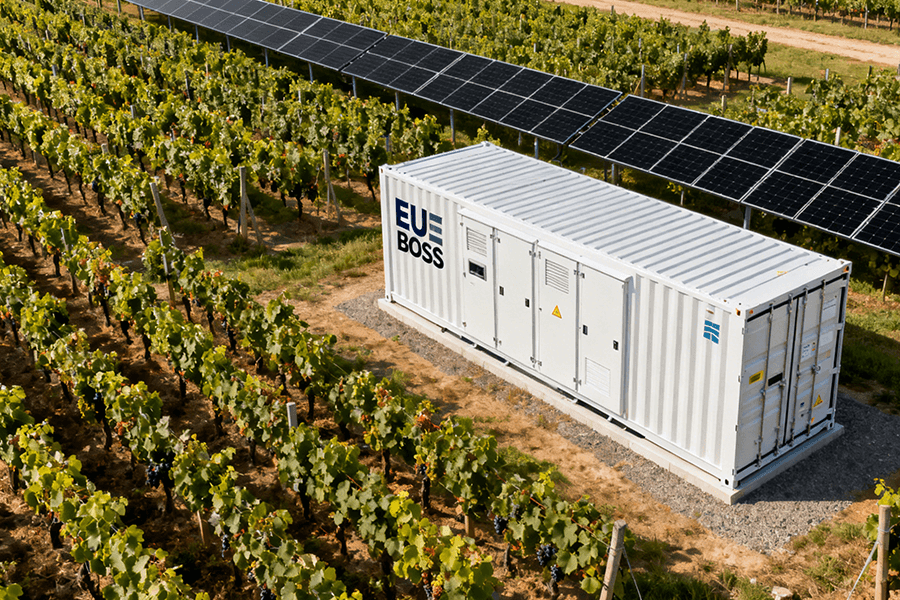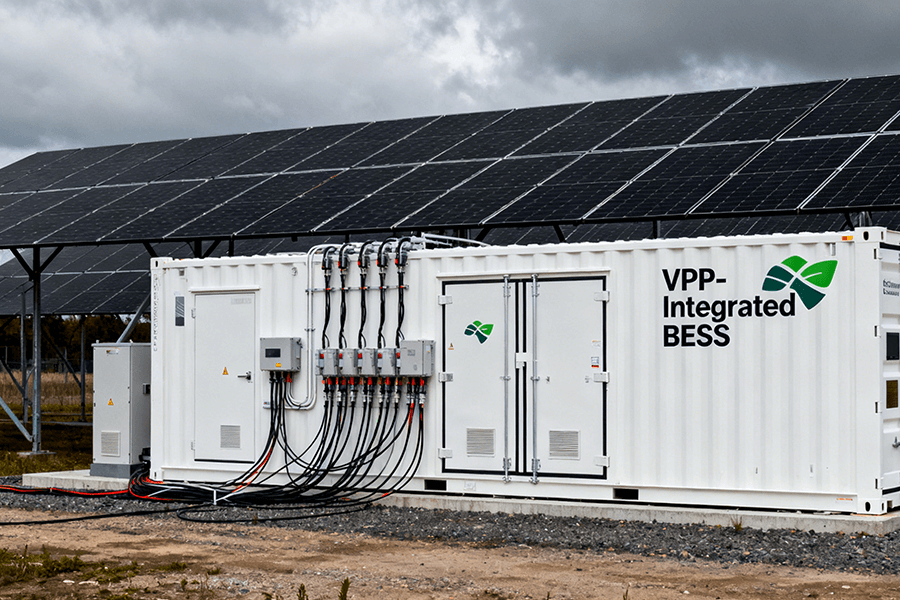Solar power systems have become increasingly popular for homeowners looking to harness clean, renewable energy. An essential component of any home solar setup is the inverter, a device that converts the direct current (DC) electricity generated by solar panels into the alternating current (AC) electricity used in our homes. In this article, we will delve into solar inverter comparisons, discussing and reviewing various types of inverters commonly used in home solar systems to help you make an informed choice for your sustainable energy needs.
The Role of Solar Inverters
Solar inverters play a crucial role in any photovoltaic (PV) system, as they facilitate the transformation of solar energy into usable electricity. They ensure that the electricity generated by solar panels is compatible with the electrical grid and can power your home appliances. Inverters come in different types, each with its own characteristics and advantages. Here, we’ll explore the most common types:
String Inverters: These are the most traditional type of inverters. They are cost-effective and suitable for smaller residential systems. String inverters are known for their reliability and simplicity.
Microinverters: Microinverters are installed on each solar panel individually, allowing for better performance monitoring and optimization. They are ideal for systems with shading issues or panels facing different directions.
Power Optimizers: Power optimizers are devices that attach to each solar panel and maximize energy production, similar to microinverters. They work in tandem with a central inverter, which can improve efficiency and fault detection.
Hybrid Inverters: Hybrid inverters combine solar inverter functionality with battery storage capabilities. These are perfect for homeowners looking to add energy storage to their solar systems, which can be vital for grid independence.
Central Inverters: These are commonly used in large-scale solar projects and commercial installations but can also be found in some residential applications. They are efficient and cost-effective for large arrays but may not offer the same level of monitoring as microinverters or optimizers.
Comparing Efficiency
One of the primary considerations when comparing solar inverters is efficiency. Different inverter types have varying levels of efficiency, impacting the overall performance of your solar system. Microinverters and power optimizers, for example, can maximize energy production by mitigating the impact of shading, while string inverters may experience losses if one panel is partially shaded.
Reliability and Durability
Reliability is a critical factor when choosing an inverter. String inverters are known for their robustness and have been widely used for years, often with warranties spanning a decade or more. Microinverters and power optimizers, while generally reliable, may have a higher likelihood of needing maintenance due to their individual panel-based setup.
Monitoring and Maintenance
Solar inverter comparisons should also consider monitoring capabilities. Many homeowners value the ability to monitor their system’s performance in real-time. Microinverters and power optimizers often have advanced monitoring systems that provide insights into each panel’s performance. Some central inverters also offer monitoring features, but they may not be as granular as microinverter or optimizer systems.
Cost Considerations
Cost is a significant factor in solar inverter comparisons. String inverters are typically the most budget-friendly option, making them attractive for smaller residential systems. Microinverters and power optimizers tend to be more expensive due to their additional features, but they may offer a better return on investment in certain situations, such as shaded rooftops or complex layouts.
Future Expansion
Consider your long-term plans when selecting a solar inverter. If you anticipate expanding your solar system or adding energy storage in the future, a hybrid inverter or a central inverter with the capacity for expansion may be a wise choice.
Environmental Impact
Finally, consider the environmental impact of your choice. Inverters may contain electronic components and materials that need to be responsibly recycled at the end of their life cycle. Some manufacturers prioritize sustainability by offering recycling programs or designing products with lower environmental impact.
In conclusion, when exploring solar inverter options for your home solar system, it’s essential to consider factors such as efficiency, reliability, monitoring capabilities, cost, and future expansion possibilities. By carefully evaluating your specific needs and circumstances, you can make an informed decision that ensures your solar power system operates optimally, providing clean and sustainable energy for years to come.
If you want to customize your own photovoltaic solution today, please contact us.

